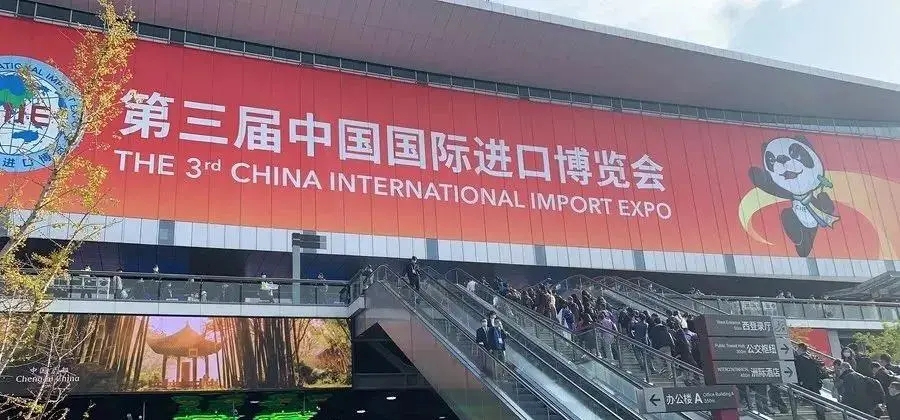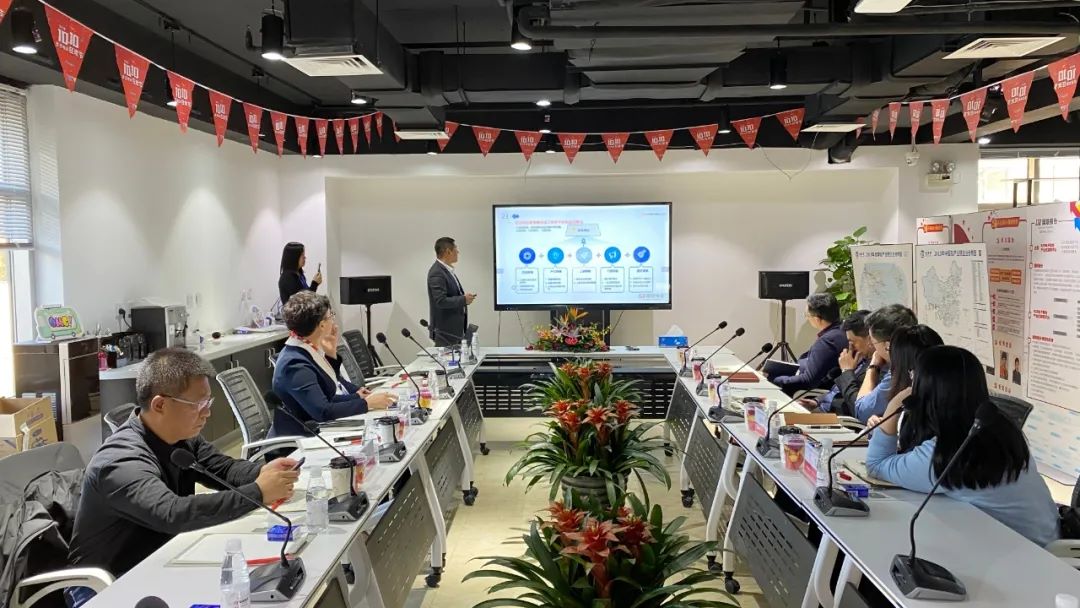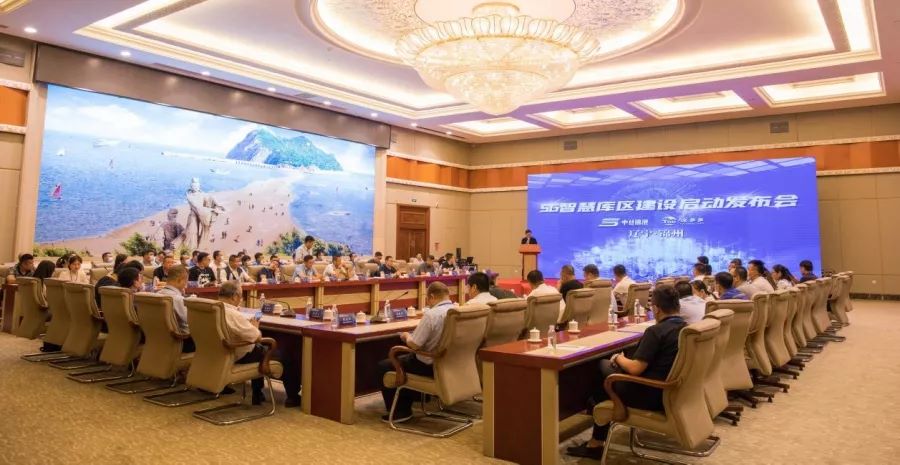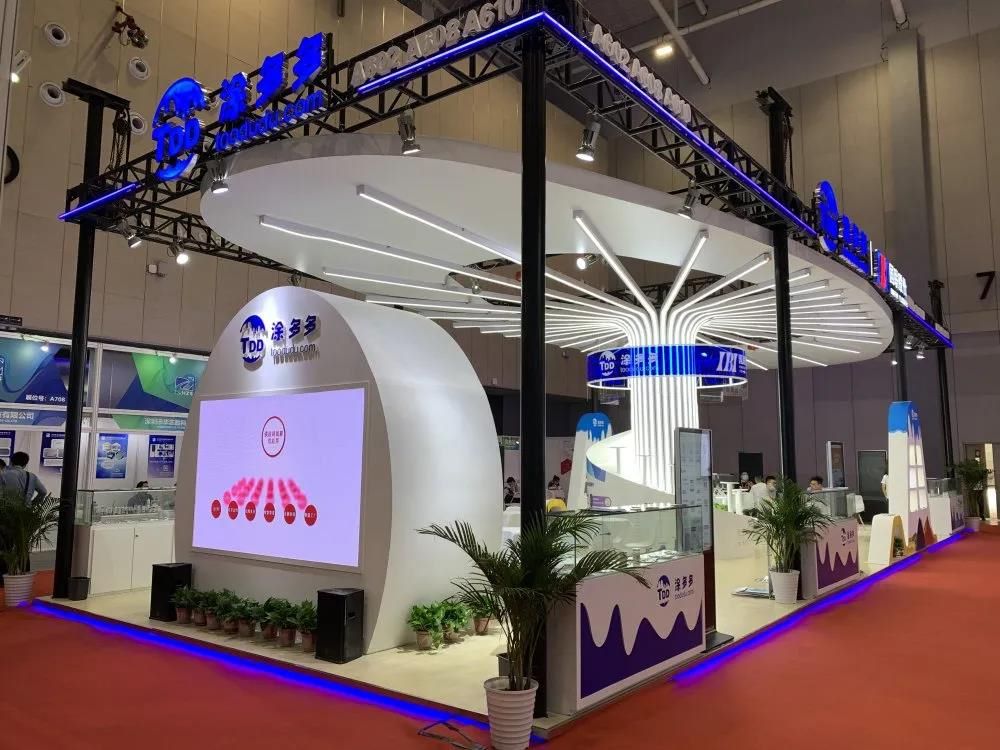Analysis of the impact of the US tariff reversal on the Chinese tire market
US tariff policy adjustment intention
The Trump administration intends to reduce tariffs on Chinese goods from 245% to 50%
Reason for reduction: The original tariff policy triggered a negative chain reaction, resulting in a surge in costs for US domestic companies

Effect of current tariff policy implementation
Steel tariffs (25%) push up tire manufacturing costs
Tariffs on Southeast Asian tires (30%+) cause dealers' purchase prices to soar by 26%
US tire market crisis
1. Price transmission and market panic:
Goodyear, Sumitomo Rubber and other manufacturers announced price increases (ranging from 4% to 25%)
Retail prices may soar by 30% , consumer dissatisfaction intensifies
Consumer lawsuits in early 2024 indicate a new round of legal risks
2. Cost pressure of the industrial chain
Operating costs of domestic tire factories in the United States have risen by 20%+
Shortage of key components (such as imported steel and equipment) hinders the recovery of production capacity
3. Risk of supply chain disruption
The number of container ships calling at the Port of Long Beach has dropped sharply, and cargo throughput may drop by 20%
Local manufacturers refuse orders due to high costs, and the contradiction between supply and demand has intensified
Industry organizations and policy games
1. Pressure from industry associations
The American Automotive Accessories Modified Vehicle Association (SEMA) initiated Petition for a tariff transition period
Calling on the government to adjust policies to maintain manufacturing competitiveness
2. Trump administration policy swings
Tariffs may be relaxed two weeks after implementation, possibly due to industry pressure
Policy uncertainty leads to market wait-and-see sentiment
Opportunities and challenges for Chinese tire companies
1. Short-term export window
If tariffs are reduced to 60%, Chinese truck tires (current price 900 yuan/piece) will still have price advantages
It is expected that US dealers will have a surge in stockpiling demand in May, and the order volume may surge
2. Long-term structural challenges
The US market accounts for less than 10% of China's tire exports, but the profit is relatively high
The United Steelworkers (USW) continues to exert pressure, and Southeast Asian production capacity is also targeted
3. Chinese companies' response strategies
Accelerate global layout (such as building factories in Southeast Asia)
Strengthen compliance management to respond to USW anti-dumping investigations
30 years of Sino-US tire trade game
USW frequently initiates anti-dumping lawsuits, forcing Chinese companies to transform
Chinese tire companies shift from passive defense to active globalization
Industry trend prediction
Short-term fluctuations in tariff policies will not change the long-term global competition pattern
Technology upgrades and brand building are the key to Chinese tire companies' breakthrough
- Domestic PCR market: TBR trend gradually emerging902
- In-depth analysis of Michelin's first quarter performance in 2025: Challenges and opportunities coexist992
- Analysis of the impact of the US tariff reversal on the Chinese tire market1075
- New energy tire industry has bright prospects but many challenges913
- Light truck sales soar, tire industry ushered in a new trend972









